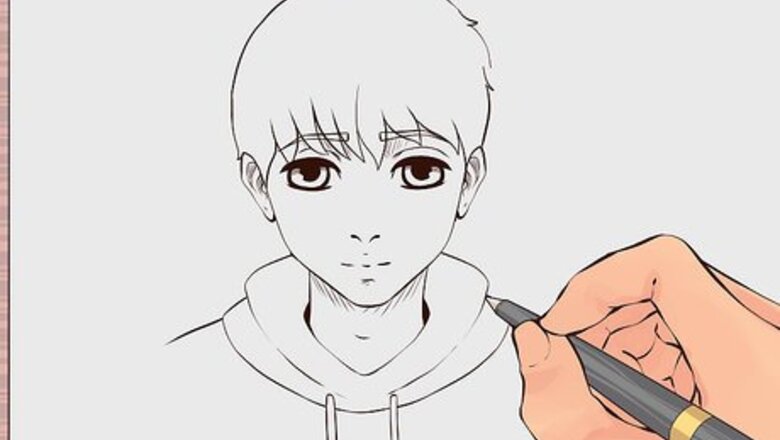
views
Creating the Characters

Create characters. The first thing you’ll want to do is create your main characters. These characters should have a definitive set of characteristics and some backstory. Write a summary of each character. Things you might ask yourself when designing characters include: What does the character look like? What is the character’s name? What type of personality does the character have? Where is the character from? Does the character have any special powers or abilities? Is the character a hero or a villain? What is the nature of the character’s relationships with other characters? For example, you might choose to write a story about a young boy named Charles who has light brown skin, dark brown eyes, and a wiry body. Perhaps Charles is an orphan who is smart, streetwise, and funny. Charles, who lives in a foster home in Boston with his gray cat, Charcoal, is the hero of the story.

Think about what you want your characters to achieve. Each character should have a goal. When you know what the goals of your main characters are, your storyline will reflect this and will read smoothly. Without solid goals, characters seem adrift or pointless to the story. Remember that the characters’ goals are what drive the action of the story and what compel them to do the things they do. Our character, Charles and his cat, Charcoal, want to be adopted into a loving family. This is the goal that motivates all of the actions that Charles and Charcoal undertake.
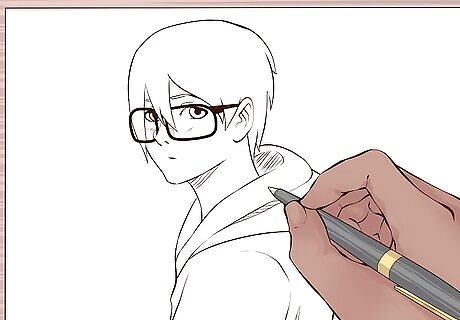
Make your characters interesting or memorable. Create characters who are original and complex. There are several ways to achieve this goal: Put your characters into opposition with the natural progression of the story Let your characters wander off the path of least resistance Put your characters into conflicts or dangerous situations Let your characters struggle, and in turn, let them learn from their struggles Introduce characters who are emotional or messy Give your characters plenty of action to undertake Create characters who are contradictions of themselves. For example, Charles has a meet and greet with a potential adopter, but he gets anxiety and runs away from his foster home with Charcoal. By running away, Charles doesn’t get to meet the adopter and prolongs his time in foster care, which puts his goals in opposition with the plot. His action also creates tension and conflict between characters because the foster family is worried about Charles and they are out with the police looking for him.
Writing the Story

Brainstorm an original plot. Write down some ideas for building a storyline. You may want to bounce your ideas off of your friends or family in order to get some suggestions for the storyline if you are feeling stuck. While you’re creating your plot, remember that you can find inspiration in the simplest idea. When you are creating the plot you will want to figure out: What type of story do you want to tell? How do you want to tell the story? Where will the story take place? What is the main conflict? In this example, we want to tell the story of how Charles and Charcoal find their forever home. We plan to tell the story in a linear fashion and the story will take place in Boston. The main conflict in our story is finding an adopter who works well with Charles.
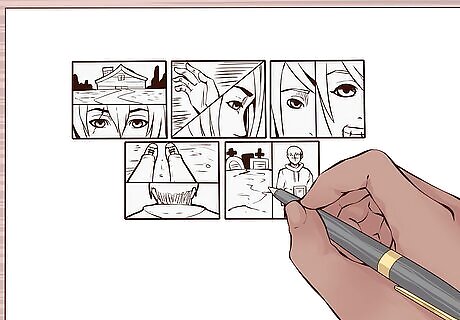
Outline or plan the story. You’ll need to map out the entire story with major plot points before you begin writing details. This allows you to see how the character arcs and plot points will play out and it will display any major plot holes that exist before you begin writing. When writing your plot outline remember: Create a sense of urgency at the opening of your story. Introduce all of your minor characters at the same time to avoid confusion or lengthy introductions. Once everything has settled, introduce something new, whether it’s a conflict or a new relationship. Allow your characters to struggle to resolve their conflicts. When your characters solve the main problem, allow them to celebrate their victory. Perhaps our story begins with Charles and Charcoal running away from the foster home to abate Charles’s anxiety over meeting the potential adopter. Charles and Charcoal have an adventure along the way, but they are eventually found by a police officer and returned to the foster home. The adopter thinks that Charles is too much trouble and chooses not to adopt him, but the police officer who found Charles shows interest in Charles. The police officer stops by often to talk with Charles and they eventually become friends. The police officer ends up adopting Charles and everyone lives happily ever after.
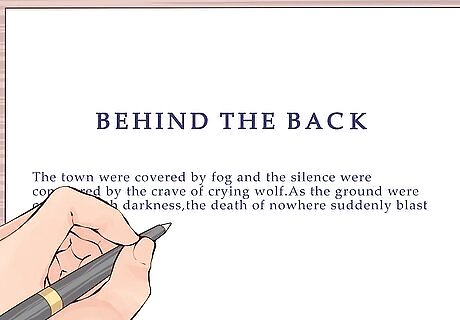
Write your story. Once you have completed the story outline, which is the backbone of your story, you are ready to begin writing the entire story. This is where the details of the story are fully fleshed out and the dialogue is written. You will likely need to write several drafts of your story before you are happy with it.
Putting Together Storyboards
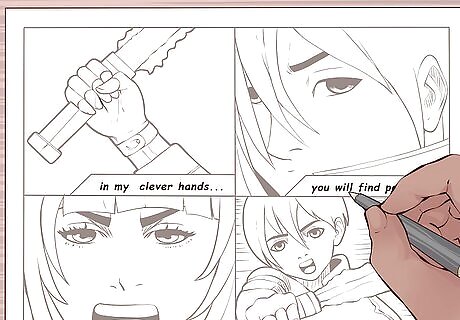
Create the text for your storyboard. This is where you begin to lay out your story in spatial terms. Write the captions below each panel, and identify who is speaking and what they are saying. Storyboards usually contain: Action Important information Dialogue
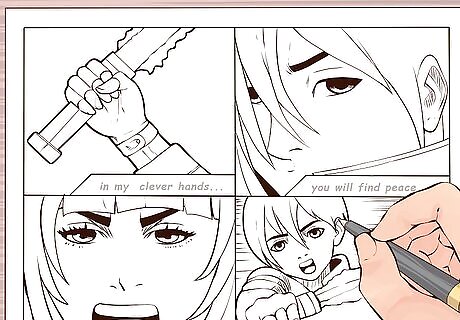
Begin the visual layout process. When the text for the storyboards has been completed, start filling in the empty storyboard panels with your illustrations of each scene. Try to show the action you want to depict through these images. Remember that anime images are usually hand drawn.

Read through your storyboard for consistency. After you’ve finished illustrating your panels, read through your storyboard to make sure that the action, dialogue, and illustrations you’ve created align properly to tell your story. If you find any plot holes or missing dialogue, be sure to edit your storyboard to fill in the gaps.

Share your completed storyboard. Your friends and family will make a great audience for your work. Be sure to share your storyboard with them and be proud of your accomplishment.

















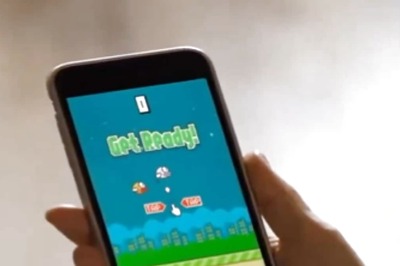
Comments
0 comment